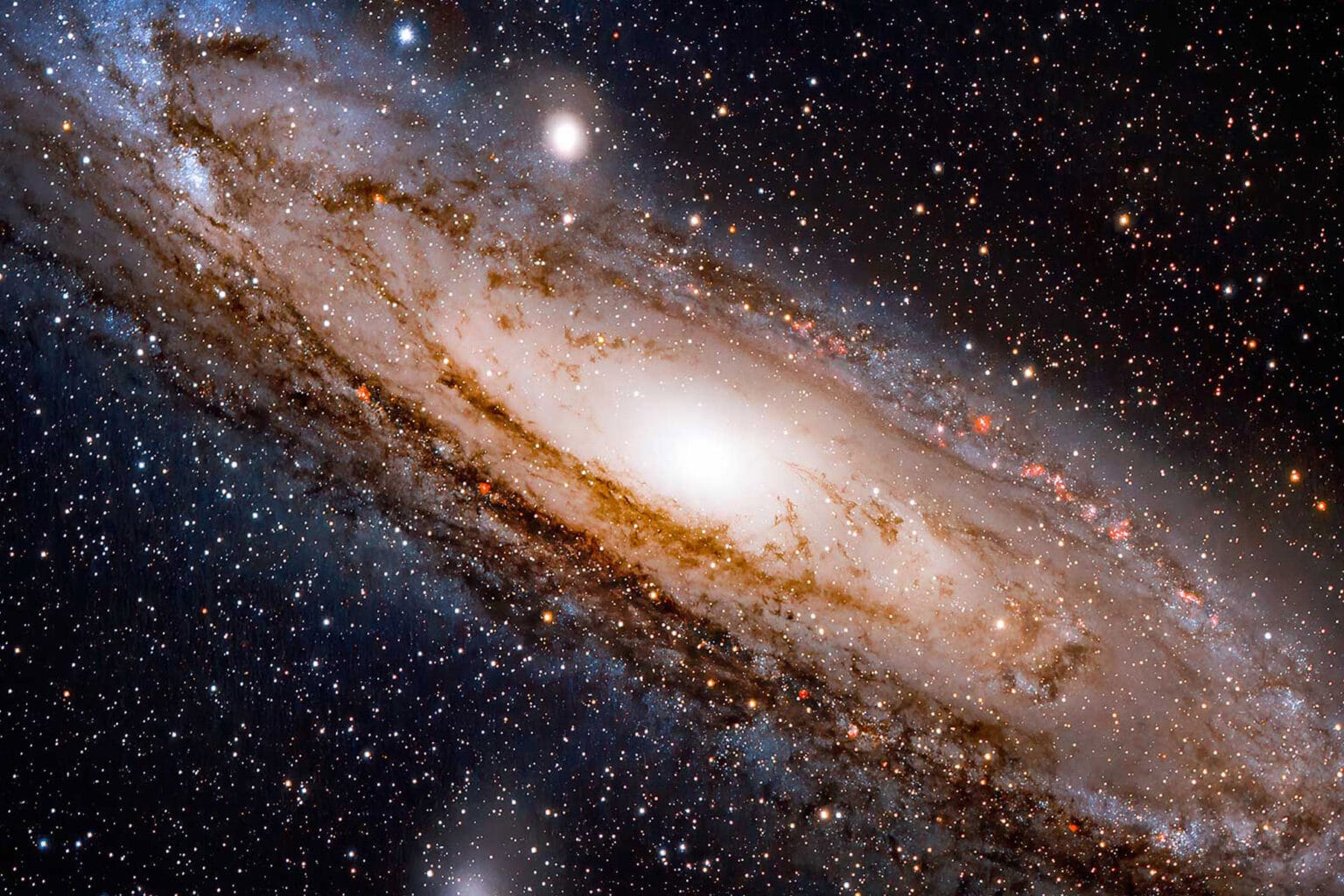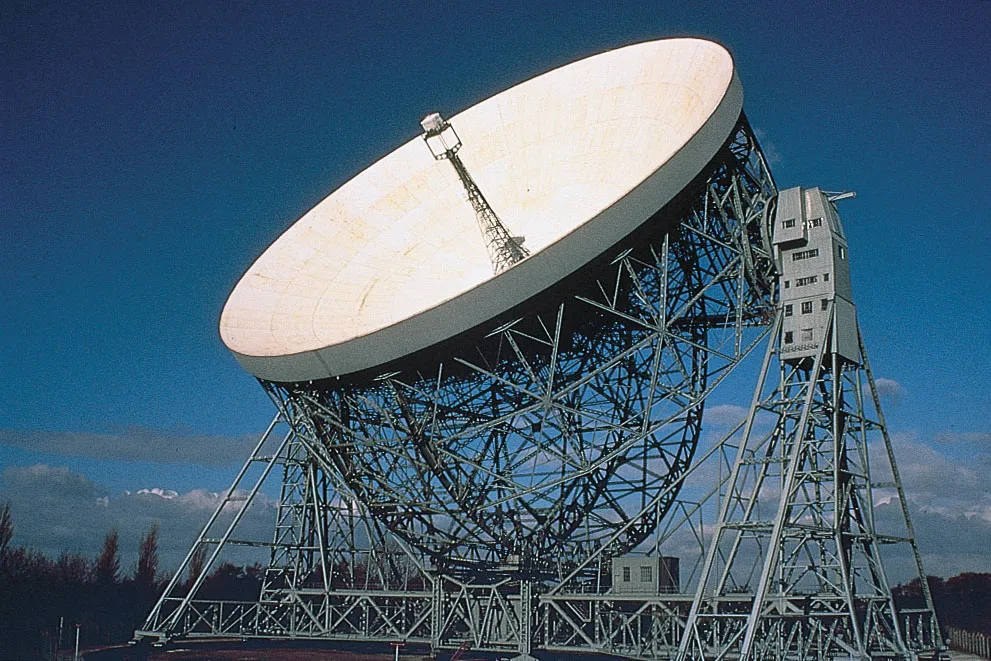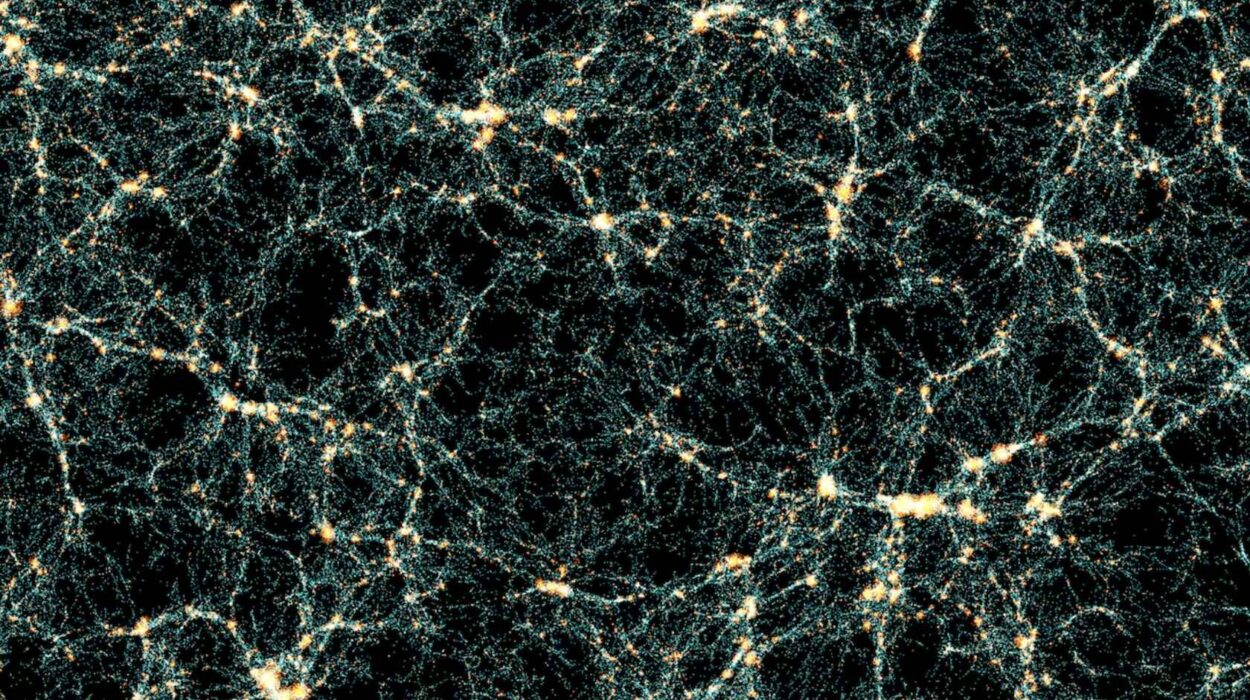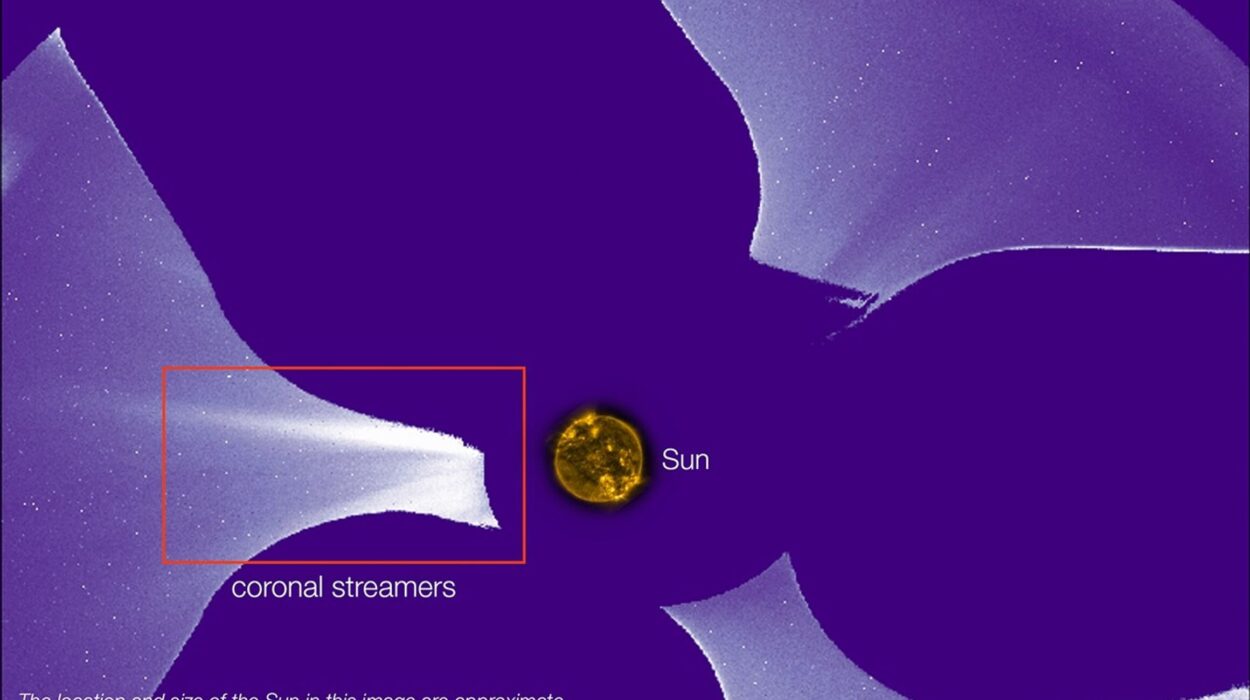There are places in the universe so strange, so violently mysterious, that even light itself cannot escape them. They are not merely objects but rather regions—boundaries of no return. In the grand theater of the cosmos, black holes are both the villain and the secret keeper, devourers of stars and guardians of truths hidden in their infinite depths.
Yet, despite their name and their darkness, black holes are not voids of nothingness. They are monuments to gravity, where mass collapses into such a compact point that space and time become bent beyond recognition. To understand a black hole is to stand at the edge of physics, to look into a place where time ends and mystery begins.
No one has ever seen a black hole with their eyes. They cannot be touched or photographed directly. But like a ghost brushing past the curtains, their presence can be inferred, felt in the motion of stars, in the warping of starlight, in the whisper of X-rays. And in 2019, after a century of theory and suspicion, humanity finally captured an image of one. A glowing orange ring around a shadow—a cosmic eye staring back at us from the edge of forever.
The Birth of a Cosmic Paradox
The story of black holes begins not in space but in the minds of thinkers daring to question the structure of reality itself. In 1915, Albert Einstein published his General Theory of Relativity, an audacious new framework for understanding gravity—not as a force, but as the curvature of space and time caused by mass and energy.
Only a year later, physicist Karl Schwarzschild, stationed on the Eastern Front during World War I, derived a solution to Einstein’s field equations. He imagined a star so compact that it would bend spacetime completely, creating a point of no return. He called this the Schwarzschild radius—the distance from the center of mass at which escape velocity equals the speed of light.
But this solution seemed too absurd, too extreme. Most scientists dismissed it as a mathematical curiosity, an artifact rather than a physical reality. Even Einstein himself doubted whether such objects could exist in nature. And yet, the math was unrelenting.
As the decades passed, evidence began to mount. Massive stars, those with more than three times the mass of our sun, were found to end their lives not in peaceful fading but in violent collapse. After burning through their nuclear fuel, these giants could no longer hold up against their own gravity. The core imploded, matter crushed into ever-smaller spaces, until nothing—not even light—could escape. A black hole was born.
What Is a Black Hole, Really?
At its core, a black hole is defined not by what it contains but by what it prevents. Once matter crosses the event horizon—the boundary around the black hole—it is lost to the universe. No signal, no light, no scream can ever make it back. The event horizon is the ultimate one-way door.
Inside, physics as we know it begins to unravel. The laws that describe everything from the motion of planets to the behavior of atoms become tangled and torn. All matter is believed to collapse into a single point—a singularity—where density is infinite and the fabric of space-time folds in on itself.
It is here that Einstein’s equations break down. The singularity represents a failure of our understanding, a boundary beyond which current science cannot reach. Some believe that inside lies the need for a quantum theory of gravity—a merging of general relativity with quantum mechanics, the holy grail of modern physics.
Black holes challenge our assumptions not just about matter and energy, but about causality, time, and the knowability of the universe. They are nature’s way of keeping secrets—vaults with no key, paradoxes wrapped in silence.
Falling Toward the Horizon
What would it feel like to approach a black hole? Imagine drifting through space, watching as a dark sphere begins to grow in your vision—not a thing, but a shadow cast against the stars. As you fall toward it, strange things begin to happen. Time itself begins to stretch. To an outside observer, your descent slows and slows, never quite reaching the event horizon. But to you, the fall is swift, inevitable.
Light from the universe behind you is warped and bent, forming a ring around the black hole—an “accretion disk” of infalling matter glowing with X-rays and violence. You see your own image distorted, smeared across the curvature of space. The closer you get, the more extreme the effects. If the black hole is small, tidal forces rip your body into strands—spaghettification, as physicists call it, a poetic name for a brutal death.
But if the black hole is supermassive, millions or even billions of times the mass of the sun, the fall is more gentle, eerily quiet. You pass the event horizon without even noticing. And then, everything ends. Or perhaps it begins.
The Monsters in the Middle
At the heart of nearly every galaxy, including our own Milky Way, lies a supermassive black hole. These behemoths contain millions to billions of solar masses, squeezed into a region smaller than our solar system. How they formed remains one of the greatest mysteries in astrophysics.
Some may have grown from the collapse of the first generation of stars, others from the merging of smaller black holes and the accretion of gas over billions of years. Their gravity shapes galaxies, dictates the orbits of stars, and drives jets of matter that span hundreds of thousands of light-years.
The black hole at the center of our Milky Way is called Sagittarius A*, and it quietly governs the dance of stars in our galactic core. It was long invisible, its presence suspected only through the high-speed orbits of stars circling an unseen mass. Then, in 2022, the Event Horizon Telescope captured its image—another shadow ringed with light, proof that the unseen is not unseeable.
These giants are not merely destroyers. They regulate star formation, sculpt galactic structures, and may be essential to the evolution of the cosmos. Without black holes, the universe would be a very different place—perhaps unrecognizably so.
Echoes and Whispers from the Void
Black holes do not merely sit in silence. When they interact, the universe trembles. In 2015, a century after Einstein predicted gravitational waves, scientists at LIGO detected the first ripple in space-time caused by the merger of two black holes. The signal lasted a fraction of a second but carried more energy than the combined light of every star in the observable universe.
It was the sound of gravity itself—a low, rising chirp marking the collision of cosmic giants. Since then, dozens of such events have been recorded. Each one is a story, a death, a birth, a cosmic ballet heard across the fabric of reality.
These ripples confirm Einstein’s deepest ideas and offer a new way to observe the universe—not through light, but through the stretching and squeezing of space itself. Gravitational wave astronomy has opened a new ear to the cosmos, allowing us to hear what cannot be seen.
The Fire Paradox and Hawking’s Whisper
In the 1970s, a young physicist named Stephen Hawking made a startling discovery. Using the principles of quantum mechanics, he showed that black holes are not entirely black. They emit tiny amounts of radiation—now called Hawking radiation—due to quantum fluctuations at the event horizon. Over immense time, this means black holes can slowly evaporate, losing mass and vanishing in a puff of particles.
But this creates a problem. If a black hole disappears, what happens to the information it contained? According to quantum theory, information cannot be destroyed. Yet black holes seem to erase it, violating the most sacred principles of physics. This is the black hole information paradox—a riddle that has ignited debate for decades.
Recent theories suggest that information may escape in subtle correlations in the Hawking radiation, or perhaps encoded in the geometry of spacetime. Others propose that black holes have “hair”—quantum imprints that store data on their surface. Some even hint that the universe itself might be a kind of hologram, where reality is projected from a two-dimensional surface.
The paradox is not merely academic. It strikes at the heart of what science is: the belief that the universe can be known, that causes lead to effects, that mysteries can be solved. In the question of whether black holes destroy information lies a deeper question: is the universe a puzzle with a solution, or a poem we can only interpret?
Wormholes and the Dreams of Science Fiction
Black holes stretch our minds, not just our equations. Some solutions to Einstein’s field equations suggest that black holes might connect to other regions of spacetime—tunnels known as wormholes. These hypothetical passages could, in theory, link distant points in the universe or even different universes altogether.
Science fiction has long dreamed of black holes as gateways, shortcuts through space and time. The 2014 film Interstellar, which consulted physicist Kip Thorne, depicted a black hole and a wormhole with unprecedented scientific accuracy. While the story is fictional, the physics is grounded. If exotic matter with negative energy exists, stable wormholes might be possible.
These remain speculative ideas, but they remind us of something vital: black holes are not just ends. They are possibilities. They are reminders that the universe is far stranger—and far more wondrous—than our ancestors ever dared imagine.
Humanity’s Reflection in the Darkness
In understanding black holes, we confront not just the limits of science but the boundaries of human curiosity. We peer into them not just to understand gravity, but to understand ourselves—our hunger to know, to see, to reach beyond.
The black hole is a mirror. It shows us how far we’ve come—from myths and firelight to gravitational wave observatories and space telescopes. It asks us what we are willing to believe, what risks we’ll take to learn the truth.
It is also a warning. The same knowledge that allows us to hear the whisper of colliding black holes is the same knowledge that split the atom. The line between wisdom and recklessness is thin. The black hole, silent and implacable, watches.
Conclusion: The Night Sky Is Not Silent
Black holes may seem like cosmic punctuation marks, the ends of stories. But perhaps they are beginnings in disguise. In their darkness lies a map—not yet deciphered—of how space, time, energy, and information all connect.
They are reminders that the universe hides its secrets in strange places. They teach us that answers may not always be where light shines brightest, but where the shadows fall deepest.
And so, we continue to look. We aim our telescopes at invisible corners of the sky. We send gravitational ears into space. We run simulations, dream equations, write poems of physics and metaphors of mass.
Because we are human. Because we want to know.
And somewhere, in the darkness of a black hole, perhaps the universe is listening back.






